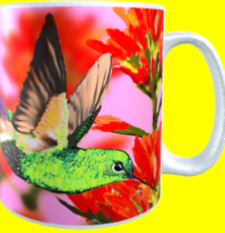







(see!)





HONEYSUCKLE NECTAR

BERYLLINE BREAKFAST
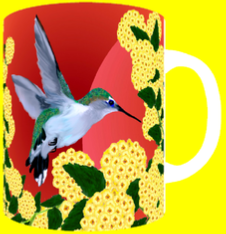
LANTANA LUNCHEON

RUBY & RED PETUNIAS

MAGNIFIQUE!

CAREFREE
CALIOPE'S GARDEN

MAGNIFICENT

DINNER AT DUSK


JOYFUL


ROSE OF SHARON









SUNRISE SUPPER

ANNA & THE QUEEN




ANNA’S PAINTBRUSH


RUBY’S REPAST


DESERT BANQUET


OCOTILLA TREAT


HONEYSUCKLE SUPPER

BERYLLINE BRUNCH


RINGING THE BELL
To see a sample of a personalized mug, click here
Click on any design to see the mug, coaster & tile available





















DESERT EAGLE
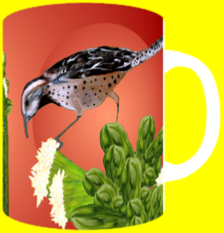
CACTUS WREN & SAGUARO
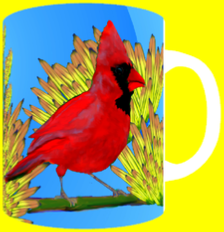
CENTURY BLOOMS & CARDINAL

GOLDFINCH IN MESQUITE
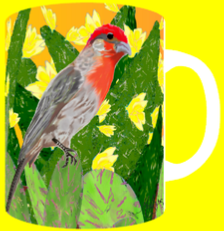
HOUSE FINCH & CACTUS
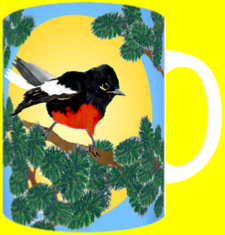
PAINTED REDSTART & PINE

QUAIL & ALOE

SUCCULENT & SPARROW
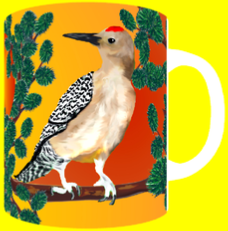
WOODPECKER & PINE




EAGLE'S SUNRISE

MEXICAN JAYS IN MADERA


ARIZONA ICONS
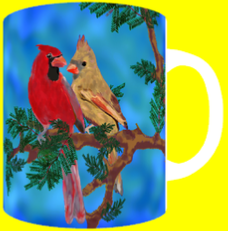
CARDINAL COUPLE

COOPER'S HAWK IN MESQUITE

GREAT HORNED OWL

PHAINOPEPLA PAIR


GOLDEN SUNRISE
CARDINAL IN FLIGHT
HARRIS HAWK
ORIOLE & ORANGES


CURVE-

ELEGANT TROGON
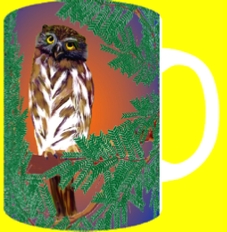
PYGMY OWL
ROADRUNNER

VERMILLION FLYCATCHER

RED-



EAGLE’S SUNSET


















RED-

TANAGER IN MADERA




BLUE GROSBEAK IN MADERA














TRUMPETER-


LUCIFER & PENSTEMON

HONEYSUCKLE LUNCHEON

RUBY’S TRUMPET

BLUE’S BRUNCH




PLAYING IN PETUNIAS


AMERICAN KESTRAL

BARN OWL


BURROWING OWL & POPPIES



SPOTTED OWL
OVER A BARREL
PYGMY & PINECONES
HUNTING AT DAWN







RAVEN ROMANCE
HARVEST
















LUPINE LUNCHEON

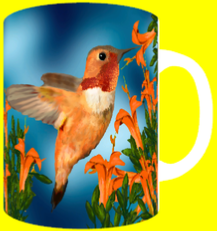


















ANNA & OCOTILLO




MORNING STROLL
























BERYLLINE'S BLOSSOMS
